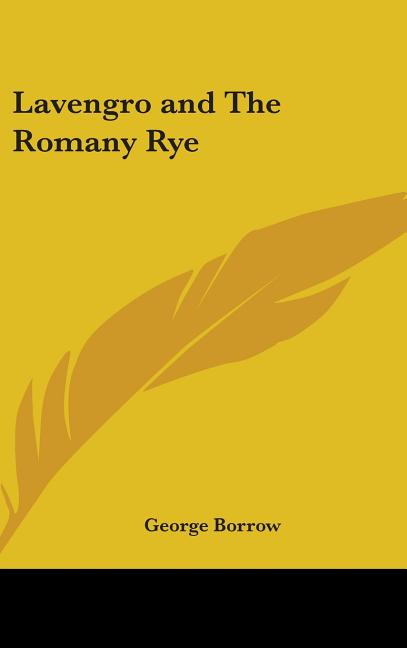Description
Lavengro and The Romany Rye is a classic novel by George Borrow, published in 1851. The book is a semi-autobiographical account of the author's experiences as a young man, travelling through England and Wales in the early 19th century. The novel is divided into two parts, with Lavengro being the first and The Romany Rye being the second.In Lavengro, the protagonist, who is also named Lavengro, is a young man who is passionate about reading and learning. He comes from a family of Gypsies, but he has a desire to make something of himself and to explore the world beyond his community. Lavengro travels through England and Wales, encountering a variety of people and experiencing a range of adventures. Along the way, he becomes a tinker, a soldier, and a student of languages and literature.The Romany Rye picks up where Lavengro leaves off, with the protagonist continuing his travels and encountering more interesting people and situations. In this part of the book, Lavengro becomes involved with a group of Gypsies, including a man named Jasper Petulengro, who becomes his friend and mentor. Lavengro also meets a woman named Isopel Berners, with whom he develops a complicated relationship.Throughout the novel, Borrow explores themes of identity, freedom, and the search for meaning in life. He also provides a vivid portrait of life in early 19th century England, with its diverse cast of characters and its many cultural and social conflicts. Lavengro and The Romany Rye are considered classics of English literature, and they continue to be read and enjoyed by readers today.1851. Designed to be read as a modern novel. English writer and traveler, Borrow led a nomadic life in England and on the Continent, where he was a translator and agent for the British and Foreign Bible Society. The autobiographical Lavengro is considered his masterwork and its sequel, Romany Rye, is also considered among his best work. Like all of his other writings, these two volumes are based on his wanderings.This scarce antiquarian book is a facsimile reprint of the old original and may contain some imperfections such as library marks and notations. Because we believe this work is culturally important, we have made it available as part of our commitment for protecting, preserving, and promoting the world's literature in affordable, high quality, modern editions, that are true to their original work.
Last updated on
Product Details
- Kessinger Publishing, LLC Brand
- Jun 25, 2004 Pub Date:
- 1432616552 ISBN-10:
- 9781432616557 ISBN-13:
- English Language
- 9.02 in * 1 in * 5.98 in Dimensions:




